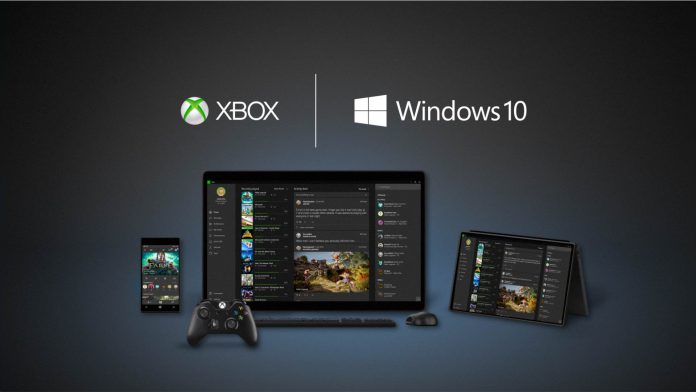Focusing on increasing performance, Microsoft has completely changed the Xbox app backend on Windows 10. Previously, the app was built on the company’s Electron Application Framework. This is an open-source engine built on Google’s Chromium. Windows Central reports Microsoft has now abandoned Electron and will instead use React Native UWP, which is a version of a rendering engine developed by Facebook. Apparently, the change has allowed significant performance gains for the Xbox PC app. Indeed, the report points to a 50% reduction in active memory use, allowing performance to be smoother across the app experience. The app has also become more streamlined and only weight 60MB for installation. That’s a large reduction from the previous 300MB app size. At the moment, the new React Native version of the Xbox app is only available for Windows Insiders on the Fast Ring.
Skype Switch
Interestingly, last month Microsoft moved its Skype Preview app from React Native to Electron. Microsoft embraced React Native on Skype back in 2018 and seemingly abandoned Electron. While some saw it as a shift away from UWP, Microsoft insisted it was committed to its Universal Windows Platform. By moving back to Electron, several features were removed from the Skype Preview:
People app integration Syncing with Outlook Automatic Microsoft account sign in App pausing and working in the background A title bar that follows Fluent Design guidelines In-line notifications




